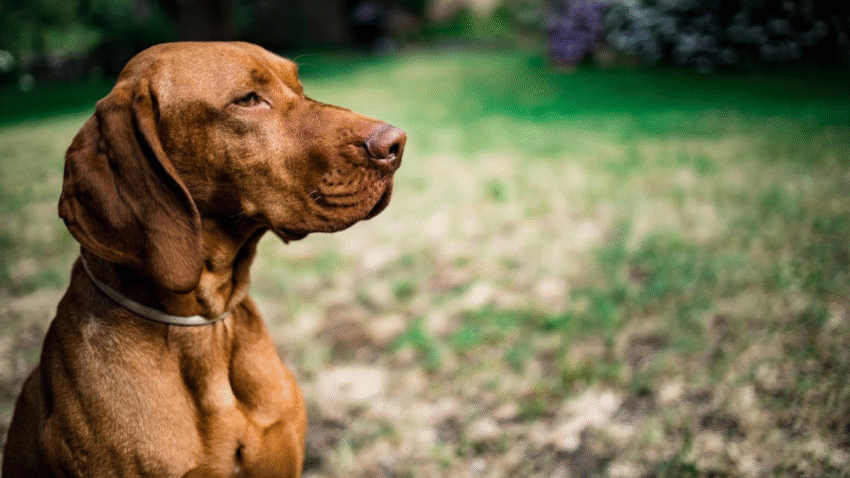Introduction
Want your dog’s food to stay fresh, tasty, and safe for as long as possible? Learning how to store dog food for maximum freshness is a vital part of keeping your pup healthy and happy. In this guide, you’ll discover the best ways to store dry, wet, and homemade dog food so your furry friend gets top-quality nutrition with every meal.
Why Proper Dog Food Storage Matters
Dog food might seem durable, but it can lose nutritional value—or even become harmful—if not stored correctly. Exposure to air, moisture, light, and heat can lead to:
- Stale or rancid food
- Mold growth or bacterial contamination
- Loss of nutrients and taste
- Pest infestations (especially in dry kibble)
Improper storage doesn’t just affect flavor—it can cause serious health problems like food poisoning, vomiting, diarrhea, or nutrient deficiencies. By storing your dog’s food the right way, you can:
- Preserve freshness and flavor
- Extend shelf life
- Prevent food waste
- Protect your dog’s health
Step-by-Step Guide to Storing Dog Food for Freshness
1. Keep Food in Its Original Bag (for Dry Kibble)
Dog food bags are designed with freshness in mind. Most are lined to prevent moisture and oxygen exposure. To maximize their benefit:
- Fold the top tightly after every use
- Use a chip clip or bag sealer
- Place the entire bag inside a sealed container (for extra protection)
The original bag also contains important information like the expiration date and batch number—so don’t throw it away!
2. Use Airtight Containers
A high-quality airtight container is your best friend when storing dry dog food. It keeps air, pests, and moisture out while preserving freshness.
Best practices:
- Use food-grade plastic, stainless steel, or glass containers
- Wash and dry the container thoroughly between refills
- Avoid pouring new food on top of old food
Keep the container in a cool, dry place—ideally a pantry or cupboard away from sunlight and heat.
3. Store in a Cool, Dry Place
Temperature matters. Dog food should be kept at temperatures below 26°C (80°F), away from humidity or direct sunlight.
Avoid storing food:
- Near ovens, stoves, or heaters
- In warm garages or sheds
- In areas with frequent temperature changes
Heat and moisture can degrade oils in food and promote mold or bacteria growth.
4. Pay Attention to Expiration and Use-By Dates
Even unopened bags have a shelf life. Once opened, kibble is best used within 4–6 weeks.
Tips:
- Write the opening date on the bag
- Use older food first (first in, first out)
- Don’t buy more than you can use within 6 weeks unless you plan to freeze it
5. Refrigerate or Freeze Homemade and Wet Food
Opened canned or wet dog food should be covered and stored in the fridge immediately.
Wet food storage:
- Store in an airtight container or use a can lid
- Use within 2–3 days
- Keep at 4°C (40°F) or lower
Homemade dog food:
- Refrigerate fresh meals in sealed containers for up to 3–5 days
- Freeze portions you won’t use within a few days
- Label containers with the date to avoid spoilage
6. Thaw Frozen Dog Food Safely
If you freeze homemade or raw food, thaw it slowly in the fridge overnight—not on the counter. Quick thawing can create temperature zones that allow bacteria to grow.
Never refreeze thawed food unless it was kept cold the entire time.
Common Mistakes to Avoid
1. Storing Food in the Garage or Carport
These areas are prone to heat, humidity, and pests. Even if food is in a sealed bin, temperature swings can cause spoilage.
2. Using Non-Food-Grade Containers
Some plastic containers contain chemicals that can leach into dog food. Always use BPA-free, food-safe storage options.
3. Pouring New Kibble on Top of Old
This can cause cross-contamination or spoilage. Finish the old food completely before refilling the container—and clean it first.
4. Not Washing Storage Containers
Residue from old food can go rancid or grow bacteria. Wash and dry thoroughly before adding new food.
5. Leaving Food Bowls Out All Day
If your dog doesn’t finish their meal, remove and store it. Leaving food out invites pests and causes it to go stale.
Extra Tips & Recommendations
Tip 1: Use a Scoop for Clean Handling
Always use a clean scoop instead of your hands to serve food. This helps reduce bacterial transfer and keeps the food fresh.
Tip 2: Consider Vacuum-Sealing for Bulk Storage
If you buy large bags, vacuum-sealing smaller portions can preserve freshness and make daily feeding easier.
Tip 3: Store Treats Separately
Dog treats should be stored in airtight containers too. If they’re homemade, refrigerate or freeze depending on the ingredients.
Conclusion
Proper dog food storage doesn’t take much effort, but it makes a big difference in keeping your pup healthy and your food investment safe. Stick to airtight containers, cool storage areas, and always check expiration dates. With just a few smart steps, your dog’s meals will stay fresh, flavorful, and packed with nutrition.
🐾 Bookmark us for more expert tips on dog feeding, health, and nutrition!
